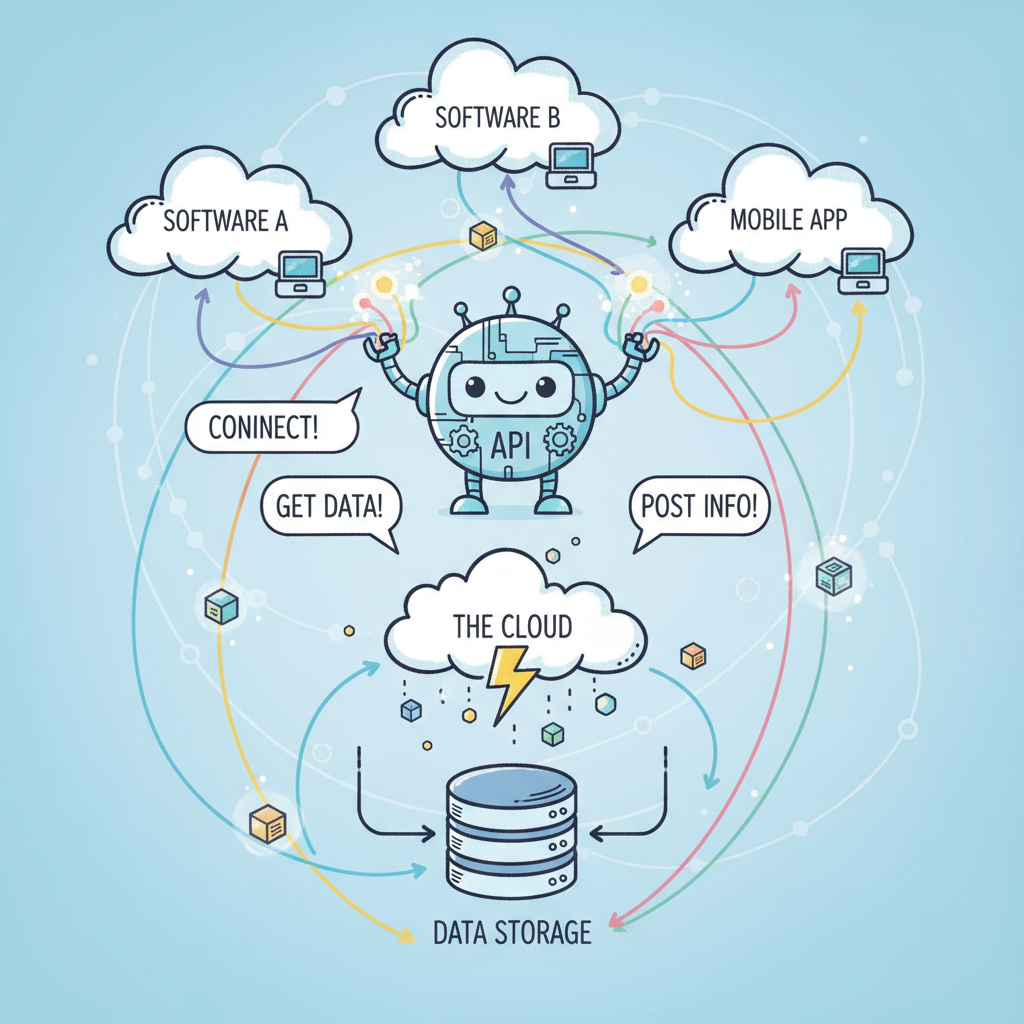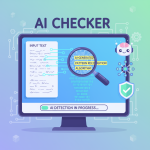What exactly is an API, and why has it become a fundamental building block for today’s software-driven world? If you are a CEO, IT manager, or cybersecurity expert, understanding APIs is crucial to harnessing digital transformation, driving innovation, and securing your technology stack.
This comprehensive guide explains what is API, explores core concepts, practical applications, security considerations, and offers actionable advice to maximize API benefits safely and efficiently.
Defining API: The Backbone of Modern Software
An API (Application Programming Interface) is a set of rules that enables different software applications to communicate and interact seamlessly. APIs allow data exchange, functionality sharing, and integration between services and platforms without exposing internal code.
Core Features of APIs
-
Standardized Communication: APIs define structured request-response protocols (e.g., REST, SOAP).
-
Modularity: APIs allow developers to use predefined functions without rebuilding from scratch.
-
Automation: Enable workflows by connecting disparate systems automatically.
-
Security Controls: Manage who can access specific data or services.
APIs power everything from mobile apps to cloud services and IoT devices.
Types of APIs IT and Cybersecurity Professionals Should Know
Understanding different API types helps IT leaders design effective solutions and security policies:
-
Public APIs: Available to external developers and the public, fostering innovation and third-party development.
-
Private APIs: Restricted for internal use within organizations, enhancing security and control.
-
Partner APIs: Shared with business partners to enable seamless collaboration.
-
Composite APIs: Combine multiple API calls into one, optimizing performance.
Knowing these categories aids in governance and risk assessment.
How APIs Impact Cybersecurity and Data Privacy
APIs present both opportunities and security challenges. Cybersecurity teams must focus on:
-
Access Management: Use OAuth, API keys, and tokens for secure authentication.
-
Data Encryption: Enforce TLS/SSL for data in transit and proper encryption at rest.
-
Rate Limiting: Prevent abuse and denial-of-service attacks by limiting the number of API requests.
-
Monitoring and Logging: Track API usage patterns and anomalies for threat detection.
-
Vulnerability Management: Frequently audit and patch APIs against injection and exposure risks.
Robust API security policies align technology with compliance needs such as GDPR and HIPAA.
Practical Use Cases of APIs Across Industries
APIs enable organizations to innovate rapidly and unlock new opportunities:
-
Finance: APIs power payment gateways, open banking, and fraud detection tools.
-
Healthcare: Enable integration of electronic health records and telemedicine platforms.
-
Retail: Facilitate inventory management, customer personalization, and omnichannel sales.
-
Manufacturing: Connect machines and analytics for IoT-driven smart factories.
Executives should view APIs as strategic assets driving digital business models.
Best Practices for Managing and Securing APIs
IT managers can leverage these tips to harness APIs effectively:
-
Maintain API Documentation: Keep comprehensive, updated records of API endpoints and functionality.
-
Implement Strong Authentication: Adopt OAuth 2.0 and multi-factor authentication.
-
Use API Gateways: Centralize routing, throttling, security rules, and analytics.
-
Test and Monitor APIs Regularly: Detect performance issues or breaches early.
-
Educate Developers: Promote secure coding standards and API lifecycle management.
Consistent governance ensures APIs contribute positively without introducing vulnerabilities.
API Trends Shaping the Future of IT
-
API-First Design: Building applications around APIs to enhance flexibility.
-
GraphQL Adoption: Enables clients to request precisely the data they need, reducing bandwidth.
-
Serverless APIs: Lightweight, scalable APIs that reduce infrastructure overhead.
-
Increased Focus on Privacy: Privacy-preserving APIs with data minimization features.
Staying current with these trends is vital for executive tech strategy.
Frequently Asked Questions About APIs
1. What is API used for in simple terms?
An API allows software applications to communicate and share data or functionality seamlessly.
2. How does API differ from a web service?
APIs provide a broader range of communication protocols; web services are a subset mainly using HTTP for communication.
3. Are APIs secure to use in business?
APIs can be highly secure if proper authentication, encryption, and monitoring controls are in place.
4. What is REST API?
REST is a popular architectural style for APIs, emphasizing stateless communication using HTTP methods.
5. Can APIs be a security risk?
Yes, poorly secured APIs can expose sensitive data or be exploited by attackers, stressing the need for best security practices.
Conclusion: Harness APIs for Secure Digital Transformation
Understanding what is API is fundamental for IT managers, cybersecurity professionals, and business leaders navigating today’s technology landscape. APIs unlock innovation, operational efficiency, and new capabilities across industries—but only with strong governance and security.
By implementing best practices around authentication, monitoring, and compliance, organizations can safely leverage APIs as core digital assets. Take proactive steps today to audit your API ecosystem, enhance your security posture, and drive business growth with confidence.
Ready to optimize your API strategy? Start with a comprehensive API security assessment and empower your teams to innovate securely.











